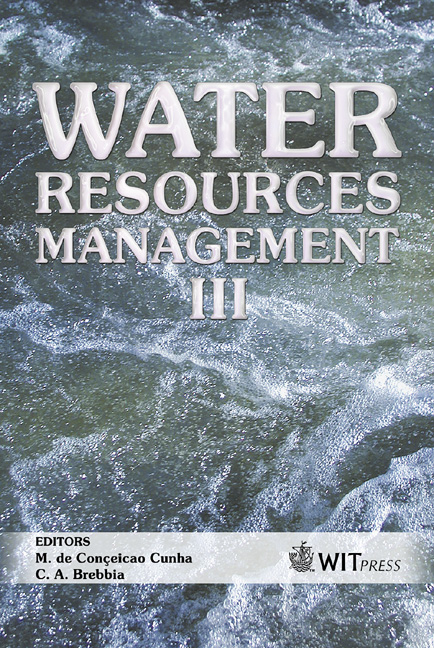Historical Analysis Of Water Flows In The Río Dulce Catchment, Argentina
Price
Free (open access)
Transaction
Volume
80
Pages
10
Published
2005
Size
412 kb
Paper DOI
10.2495/WRM050571
Copyright
WIT Press
Author(s)
M. W. Ertsen, D. Prieto, T. M. S. Pradhan & G. Angella
Abstract
Debates on irrigation have recently integrated the concept of sustainable water use, involving qualitative and quantitative conceptualizations of flows of resources. The nature of unstable water availability during seasons and over years is a key issue. A storage facility is usually desirable. In the process of enlarging control through such facilities, water patterns in basins, in terms of flows, storage and use have changed. This paper discusses historical patterns of water flows in the Río Dulce basin in Argentina, in which the irrigation area known as the Proyecto Río Dulce has an immense influence on the catchment water balance. Keywords: irrigation, river basin, water flows, catchment, Argentina. 1 Introduction An important issue in water management is the nature of unstable water availability during seasons and over the years. Many rivers have an irregular flow pattern, with large fluctuations in and over seasons and very low flows in the dry season. In such a setting it is difficult to match water availability with actual water requirements. In many river basins, exploitation of the river through damming, channel manipulation, power generation and irrigation has become very intensive. Latin America is not an exception. The basin of Río de la Plata, fifth largest in the world with its area of 3.1 million km2 counts a large number of dams, used for flood control, irrigation and industrial supply too. Petts [1] sketches the relationship between water, engineering and landscape as a threephase development:
Keywords
irrigation, river basin, water flows, catchment, Argentina.





